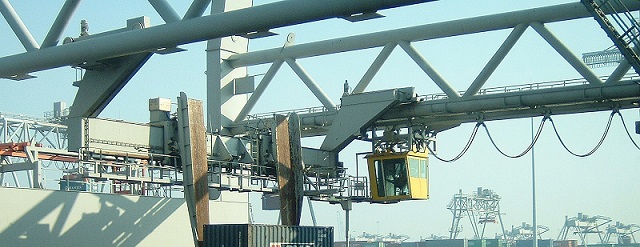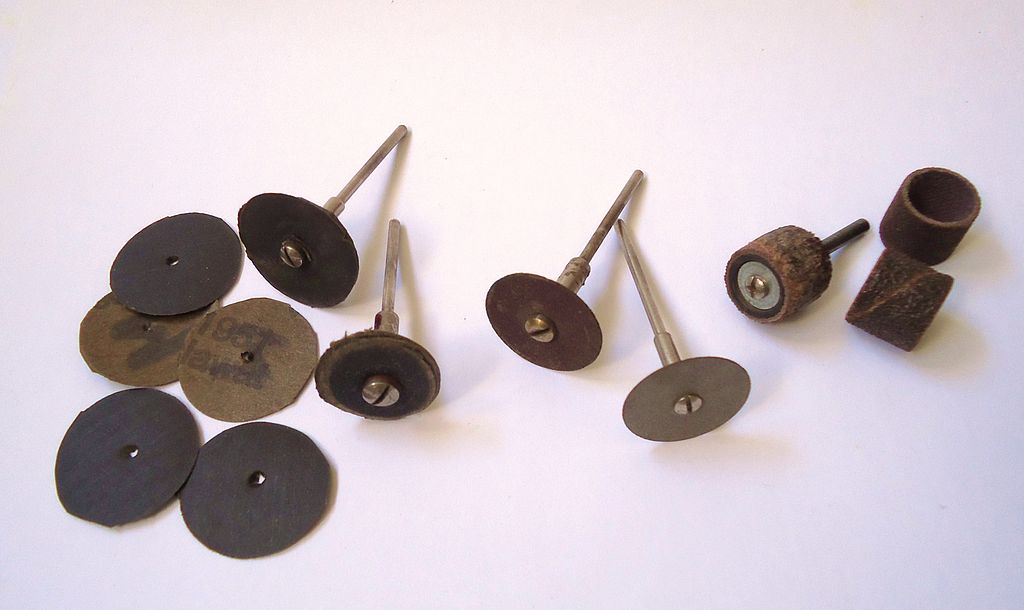Growth in the manufacturing sector, specifically in the emerging economies propels the automated material handling equipment market growth
The global manufacturing industry is rapidly expanding as more and newer regions are investing to adopt manufacturing plants in their localities. As per the China Federation of Logistics and Purchasing (CFLP), the global manufacturing purchasing managers’ index (PMI) accounted 55.1 in October 2017, which was down from 55.9 in September 2017 however, still at a comparatively high level. The PMI index remained above 53.5 since the beginning of 2017, signifying a sturdy recovery of manufacturing sector in developed countries, increasing industrial advancement in emerging market economies and intensifying commodities prices on the global market. Emerging economies such as China, India, Mexico, Brazil, Argentina, and Singapore have laid enhanced focus on the manufacturing industry to create jobs in the country and thereby increase GDP of their respective countries. Manufacturing initiatives such as “Make in India”, and “Make in China 2025” have ensured a healthy FDI pumping in these countries thereby enabling development. This expansion in the manufacturing industry is expected to embrace technological advancements in order to enhance the plant productivity, maintain edge with the customers and gain competitive advantage.
Rising labor costs in developing economies of India and China owing to increased standards of living of the masses. High-cost labor coupled with the risk of errors associated is thereby compelling manufacturers to look for error-free and consistent solutions. Bulk material handling & storage systems and industrial trucks are facilitating the management of large volumes of data thereby reducing the unnecessary time consumption. With automated material handling equipment, the restrictions on load transfers is eliminated to a certain extent, and also consistency in the operations increases. Finally, these instruments ensure high throughput as well as increased productivity wherever they are integrated including warehouses, manufacturing floors, or shop storages.
The expansion in the manufacturing industry is highly driven by the economic growth worldwide. Also, the industry is presently found to be in the middle of a technological renaissance, which is changing the outlook, systems and processes of the modern factory. This technological revolution in the factories has been encouraging the manufacturing industries to further invest into these emerging technologies in order to enhance their productivity and production cycle. Currently, the manufacturing sector is witnessing error-free as well as streamlined procedures using Robotic Process Automation (RPA). The manufacturing companies are replacing the production unit from human sources to industry robots for the products to assemble, quality check, and packaging to be done. Manufacturing facilities have been incorporating greater levels of automation, so the rise or demand for new technologies is growing rapidly. Manufacturing of consumer electronics, healthcare related products, automobiles, and defense industries are some of the prominent industry verticals that have been prolific in the automation integrations into the manufacturing assembly lines. Thus, the rapid expansion in the manufacturing industry coupled with automation integrations is expected to drive the demand for automated material handling equipment globally.
The key industry players operating in automated material handling equipment market globally include Daifuku Co. Ltd., Hyster-Yale Material Handling, Inc., Jungheinrich AG, Kion Group AG, Toyota Industries Corporation, Hanwha Corporation, John Bean Technologies Corporation, Kuka AG, Beumer Group Gmbh & Co., and Fives Group among others. Several other participants are also operational in global automated material handling equipment market that offer customers with robust products and solutions, thereby catalyzing the demand of automated material handling equipment market.



